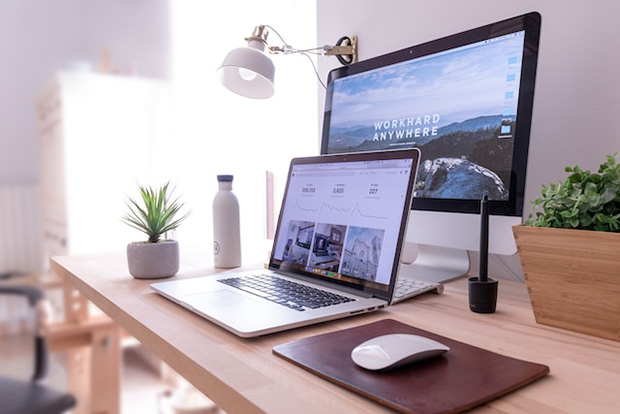How to Design an Effective Personal Portfolio Site as a Student Web Designer
The digital age has reshaped the way we showcase our skills and talents. In a world where virtually everything can be accessed at the click of a button, web designers have the unique task of transforming their virtual space into a visual resume. Just as some students might search "write my essay online" when they need help with a tough assignment, potential clients or employers will browse your portfolio site to assess your skills and aesthetic style. Hence, it's crucial that you design a personal portfolio site that is not only eye-catching but also clearly communicates your abilities and professionalism.
Understanding the Purpose of Your Portfolio
Your portfolio is more than just a gallery of your work. It's a platform to showcase your talent, creativity, and professional growth. Start by defining the goals of your portfolio. Are you aiming to land internships, acquire freelance clients, or simply showcase your skills? Once you identify your objectives, think about your audience. What would a potential client or employer be looking for? Answering these questions will help you tailor your portfolio to meet these needs.
Choosing the Right Platform
Next, you need to select the right platform for your portfolio. Your choices range from user-friendly options like Wix and Squarespace to more customizable platforms like WordPress. As a student web designer, you might want to consider the following factors:
- Ease of use: Some platforms require more technical expertise than others.
- Customizability: Platforms vary in how much they allow you to tweak the design and layout.
- Cost: Consider your budget. While some platforms offer free plans, others require a monthly or yearly subscription.
Essential Elements of a Portfolio Site
An effective portfolio site has a few key elements:
- Clear navigation: Ensure your site is easy to navigate. A visitor should be able to find their way around your site without effort.
- Portfolio of work: This is the heart of your site. Display your best work here.
- About section: Tell your story. Share your skills, passion, and the journey that has led you to web design.
- Contact information: Make it easy for people to reach you. This can be a simple contact form or your professional email address.
Showcasing Your Work Effectively
Choosing the right projects for your portfolio can be a bit like choosing the best essay writing services when you're in a bind - you need quality, not just quantity. Your portfolio should represent your best work, even if that means showcasing fewer projects. When presenting each project, include visuals of the project, a brief description, your role, and the tools you used. Consider presenting some projects as case studies, showing the process from the initial concept to the final product. This can demonstrate your problem-solving skills and your ability to see a project through to completion.
Making Your Site Visually Appealing
Aesthetics are integral to web design. Like an engaging essay, your portfolio site must captivate visitors with its consistent, visually pleasing style. Creating a visually cohesive site requires careful planning.
Firstly, your color scheme sets your site's tone. Choose colors that reflect your style and harmonize well together. This harmony can significantly enhance the user's experience.
Typography is your next consideration. Fonts should be clear and easy to read, yet reflective of your unique style. Balancing visual appeal and readability is crucial.
Lastly, never overlook the power of white space. This unmarked area between elements creates balance and guides your visitors' attention. Think of it as the canvas that allows your designs to truly shine.
By thoughtfully integrating these elements, you can craft a visually appealing site that leaves a lasting impression.
Optimizing Your Portfolio for Search Engines
Just as you've optimized the aesthetics of your site, you'll also want to optimize it for search engines. Some basic SEO principles that every web designer should know include using keywords effectively, creating relevant meta descriptions, and adding alt text to images. This optimization ensures that your portfolio site is discoverable and ranks higher in search engine results.
Testing and Refining Your Site
Once your site is live, the work isn't over. The most successful web designers continually test and refine their sites. This might involve user testing to understand how visitors interact with your site or heuristic evaluations to identify potential usability issues. Just like you would revise a draft essay, take feedback into account and make improvements to your site.
Conclusion
Designing a personal portfolio site as a student web designer is an exciting and valuable undertaking. It not only allows you to showcase your work and tell your story but also provides a platform for continuous learning and growth. Remember, the journey doesn't end when your site goes live. Continual testing, refining, and updating your site is key to staying relevant and showing prospective clients or employers that you are always improving and expanding your skills. So get out there, start designing, and make your mark on the digital world!
Copyright © . All Rights Reserved

